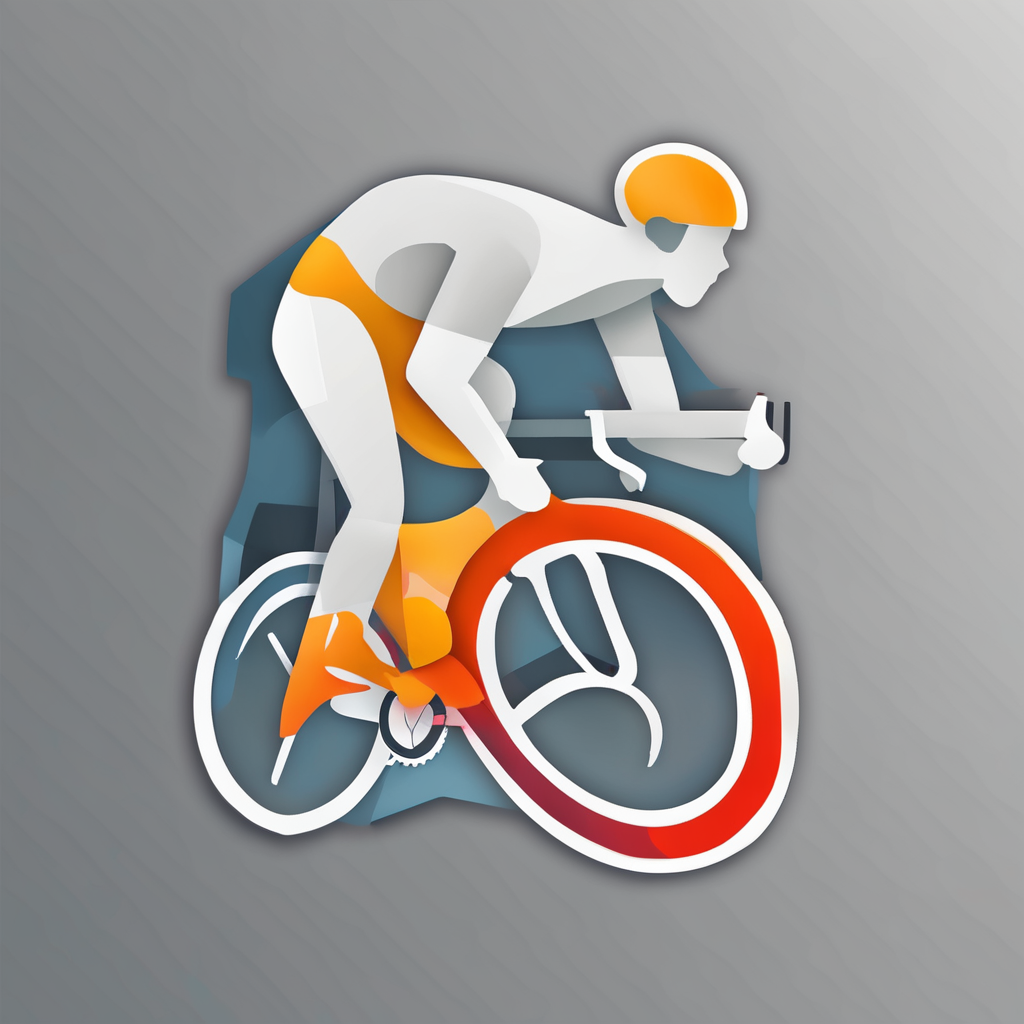Understanding Reaction Time in Fencing
Reaction time is a crucial factor in fencing, defining the lag between stimulus perception and an athlete’s response. In this swift sport, a fraction of a second can separate victory from defeat. Reaction time influences fencing performance by determining how quickly a fencer can perceive an opponent’s move and execute a counter-action. Successful fencers embody exceptional speed dynamics, responding rapidly to maintain a competitive edge.
Agility and quickness underscore reaction time’s significance. Agility involves the ability to change direction swiftly, while quickness merges mental promptness with physical speed. Consequently, both attributes are vital for success in fencing, as they aid in reading opponents and delivering effective strikes.
Also to discover : Mastering Karate in the UK: Elevate Your Techniques Through Video Analysis
Reaction time in fencing is affected by mental and physical factors. Mentally, focus, anticipation, and decision-making speed are paramount. Physically, muscle response and nervous system efficiency play key roles. Practising drills that enhance these aspects can significantly bolster a fencer’s performance.
Understanding and mastering these components of reaction time can lead to an immediate advantage in bouts, fostering a fencer’s ability to anticipate and adapt, thus enhancing overall fencing performance and speed dynamics.
Also to read : Master the Clinch: Must-Have Drills for UK Muay Thai Enthusiasts
Key Techniques Utilized by British Fencers
For British fencers, mastering techniques is paramount in enhancing their prowess in competitions. A significant focus lies on refining footwork, crucial for improving reaction speed and agility. By regularly incorporating rigorous footwork drills, fencers can maintain an edge over opponents. These exercises not only boost speed but also refine balance and precision in movement.
Footwork Drills
Footwork forms the foundation for effective fencing strategies. British fencers emphasize drills like the “advance-retreat drills” and “lateral movements” to cultivate agility. Such routines enable fencers to swiftly adjust positions and maintain offensive and defensive stances.
Targeting Specific Movements
Anticipating opponent actions is integral to fencing performance. British fencers often engage in exercises that focus on quick reflexive movements. For instance, mimicry drills help fencers improve situational awareness, enabling them to predict and counteract opponent strategies efficiently.
Mental Conditioning
The role of mental conditioning cannot be understated in fencing. British fencers utilize visualization techniques to mentally rehearse bouts, enhancing their anticipation skills. Incorporating mindfulness practices during training can significantly sharpen focus, ensuring fencers remain mentally agile throughout matches.
Evidence-Based Insights into Reaction Optimization
Scientific analysis has significantly contributed to understanding and improving fencing performance, particularly with respect to reaction optimization. In recent years, research has delved into the intricacies of reaction time, offering evidence-based enlightenments crucial for athletes. Studies highlight the importance of neuromuscular coordination and sensory perception in enhancing competitive responses.
From a physiological standpoint, consistent engagement in exercises that boost synaptic efficacy and muscular response time holds potential for optimal performance improvement. For instance, practicing fast-twitch muscle activation helps fencers respond more effectively during matches.
British fencers are at the forefront of merging scientific insights with traditional training. By interpreting data from studies on neuromuscular activities and agility drills, they gain a scientific advantage. Integrating these insights allows for bespoke training programs tailored to hone specific areas needing enhancement.
Furthermore, fencers incorporate evidence-based approaches, such as plyometric exercises and cognitive-behavioral techniques, to sustain speed and accuracy. These scientifically backed strategies not only amplify reaction time but also encourage a holistic, athlete-centered training paradigm. This integration of scientific analysis into regular practice fosters a competitive edge, aligning training methodology with performance goals for comprehensive reaction optimization.
Integrative Training Approaches
Integrating varied training methods can enhance a fencer’s reaction time and overall performance. Effective practice routines combine physical agility, mental sharpness, and modern technology. Creating a balanced regimen involves blending drills and exercises focusing both on muscle response and mental readiness. By interweaving physical and mental exercises, fencers can experience a comprehensive improvement in agility and quickness, addressing various aspects of fencing performance.
Combining Techniques for Maximum Efficacy
- Blend exercises with mental drills to ensure a holistic approach. Techniques such as synchronized footwork and visualization exercises enhance reaction speed.
- Personalize training programs to the fencer’s unique needs. Adjusting intensity and focusing on individual weaknesses ensures that each fencer maximizes their potential.
Incorporating Technology
Modern tools, like reaction time tracking and analytical software, offer insight into a fencer’s progress. Technology aids in monitoring responses, allowing fencers to identify areas for improvement effectively. Utilizing real-time feedback helps refine tactics, fostering continual performance improvement.
Testimonials from Experienced British Fencers
Professional advice underscores the value of these integrated approaches. Testimonials highlight success stories from fencers who have witnessed marked enhancements in reaction times, offering invaluable inspiration and guidance. Recommendations from seasoned professionals provide aspirants with strategic insights into refining their practice routines.
Practical Tips for Competitive Preparation
Preparing for a fencing competition involves fine-tuning your mental and physical strategies to ensure optimal performance. Reaction time is critical during high-stakes matches, demanding quick decision-making and rapid fencing performance. Here are several essential tips for achieving competition readiness:
-
Day-Of Tips: Start the day with a light physical routine to activate your speed dynamics without overexertion. Ensure a focused mindset with brief mindfulness sessions to maintain fencing performance throughout the event.
-
Practising Competitive Techniques: Simulate competition conditions in training sessions. Use drills that replicate the pace and intensity of actual bouts, such as sparring or timed exercises, to enhance your ability to quickly adapt during matches. This practice translates to better agility and presence.
-
Importance of Recovery: Rest and recovery are just as important as training. Ensuring adequate sleep and nutritional support helps sustain reaction speed and ensures you’re physically primed for peak performance. Emphasize pre- and post-competition recovery routines to bolster long-term speed dynamics.
Adopting these practical strategies ensures you’re not only competition-ready but also steadily improving key facets of fencing performance. Regularly revising and personalizing these tips helps maintain a competitive edge.
